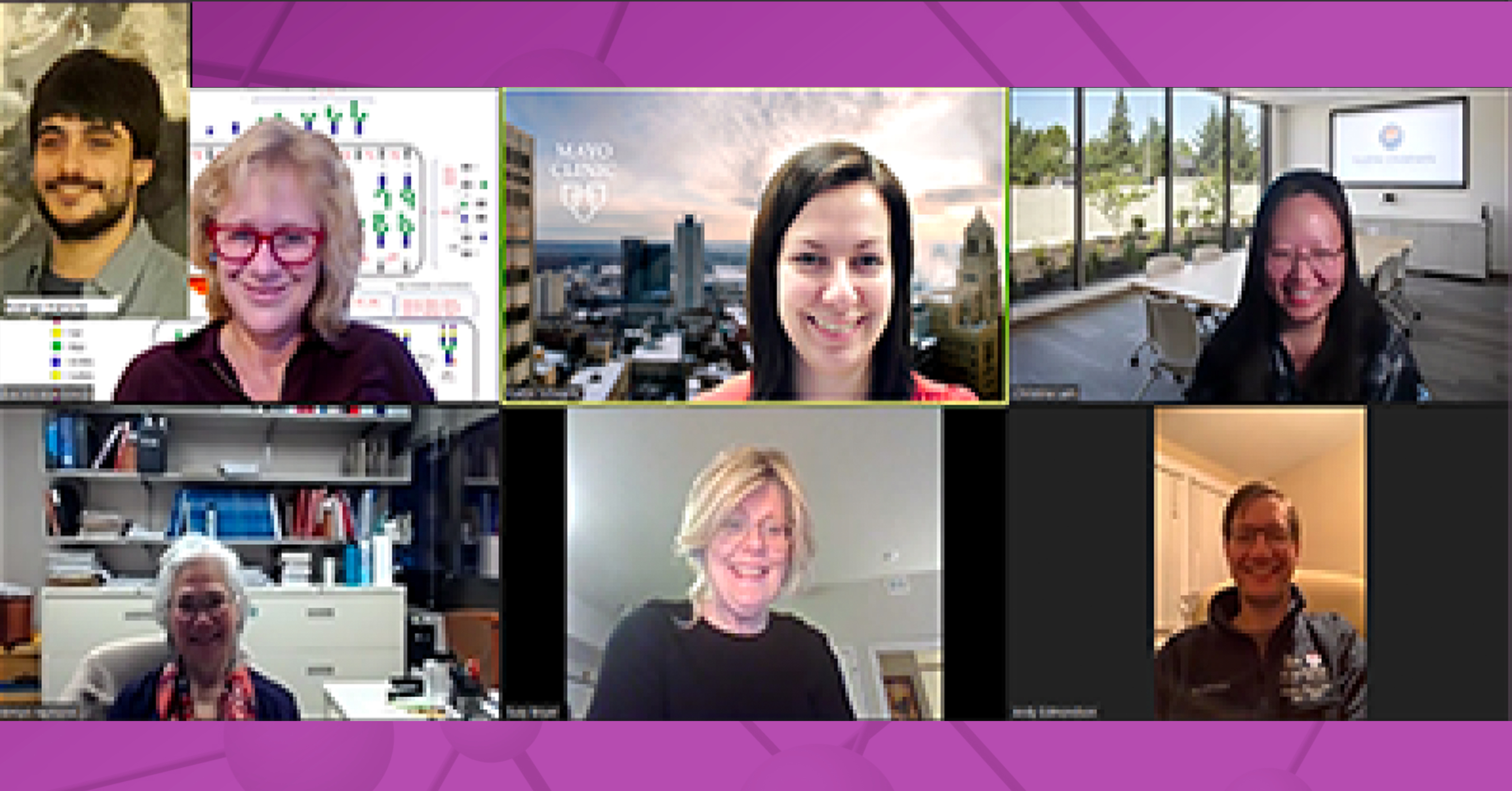A natural history study by the Frontiers in Congenital Disorders of Glycosylation Consortium (FCDGC) is uncovering new insights on liver function in patients with congenital disorders of glycosylation (CDG). A paper published recently in the Orphanet Journal of Rare Diseases based on findings from the study recommends that all CDG patients have at least yearly comprehensive screening for liver disease, including physical exam, lab work, and imaging with ultrasound and elastography.
“We are excited to report that the FCDGC natural history study has already begun to positively affect the care of CDG patients,” says lead researcher Rodrigo Starosta, MD, PhD. “This new paper can be shared with the CDG patient’s physician.”
Researchers began the study, “Clinical and Basic Investigations into Congenital Disorders of Glycosylation,” to learn more about the progression of CDG, clinical symptoms, and how they vary among different diseased population groups. Data collection involves questionnaires, medical samples, dietary food records, and physical exams of study participants.
During the first year of the study, 39 patients with 16 different CDG types—PMM2-CDG, ALG12-CDG, ALG13-CDG, DHDDS-CDG, PGM1-CDG, SLC35A2-CDG, ALG6-CDG, ALG8-CDG, CCDC115-CDG, DOST-CDG, MPI-CDG, SLC10A7-CDG, SLC35C1-CDG, SLC39A8-CDG, TMEM165-CDG, and VMA21-CDG—were carefully studied with regard to liver function.
Most CDG type I patients will have significant improvements in liver function around five years of age, but some may go on to develop liver scarring, necessitating additional monitoring. The natural history study determined that liver dysfunction in CDG is isolated to a specific liver cell type that needs to be monitored by blood tests and ultrasound imaging.
Researchers were also able to determine that different types of liver imaging studies—ultrasound and elastography—provide unique information about liver dysfunction. Therefore, both are required for adequate liver monitoring.
The FCDGC natural history study has now expanded to an additional eight sites nationwide.
“We want to thank all of the families who are currently participating in this nationwide study,” says Eva Morava-Kozicz, MD, PhD, principal investigator of FCDGC. “We anticipate that the coming years will provide us with many additional important insights that will improve the care of all CDG patients.”
To learn more about joining the study, contact the study site nearest you.
The Frontiers in Congenital Disorders of Glycosylation Consortium (FCDGC) is part of the Rare Diseases Clinical Research Network (RDCRN), which is funded by the National Institutes of Health (NIH) and led by the National Center for Advancing Translational Sciences (NCATS) through its Division of Rare Diseases Research Innovation (DRDRI). FCDGC is funded under grant number U54NS115198 as a collaboration between NCATS, the National Institute of Neurological Disorders and Stroke (NINDS), the Eunice Kennedy Shriver National Institute of Child Health and Human Development (NICHD), and the Office of Dietary Supplements (ODS).


